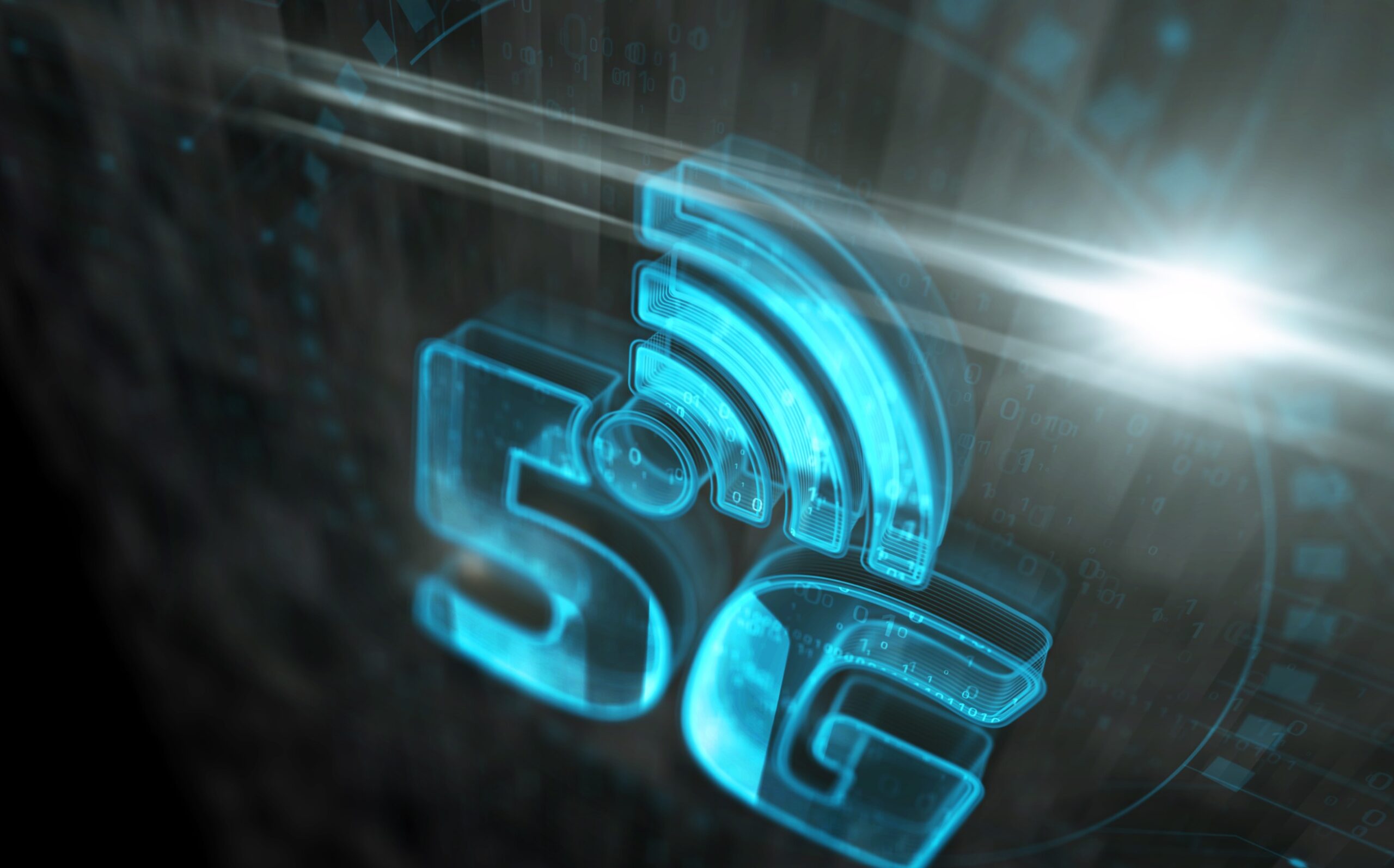With the arrival of every new generation of networking technology, the comparison of mobile- and Ethernet-based solutions has traditionally been debated including now, prompted by the recent unveiling of the new Wi-Fi 7 standard (IEEE 802.11be). In keeping with this historical tradition, discussions of 5G and Wi-Fi 7 include deliberations centered around 5G private networks.
Both 5G and Wi-Fi 7 are technologically superior to their predecessors, and each has a role to play in networks at present and into the future. The market has seen an increase in adoption of private 5G networks, a dedicated cellular network technology that delivers fifth-generation (5G) cellular connectivity for private networks.
Private 5G network use cases
Private 5G networks are ideal for organizations that require speed, low latency, and reliability for business-critical applications. With a private 5G network, owners provide restricted access. Private 5G is an alternative to Wi-Fi and other wireless options such as Long-Term Evolution (LTE) and public 5G.
Use cases include:
- Industrial IoT and Automation – Factories and manufacturing plants are typical adopters of private 5G networks to support needs that require low latency and highly reliable connectivity. Case uses include real-time monitoring, robotics, and automation systems.
- Government – Private 5G networks are ideal for supporting public safety and emergency services whereby first responders can rely on secure and reliable communications, particularly during disaster response or for large-scale public events.
- Campuses and Large Venues – Stadiums, arenas, and university campuses leverage private 5G networks to deliver better wireless connectivity amongst users as well as support for sensors, cameras, and other IoT assets.
Wi-Fi Network Use Cases
Wi-Fi is the most convenient, widely used connectivity solution for non-mission-critical environments, supported by consistently improving standards. Wi-Fi 6 and 6e standards brought improved management, performance, and security, which has since been elevated with the introduction of Wi-Fi 7 that boasts enhanced antenna technologies enabling speeds four times faster than its predecessor as well as greater range. Wi-Fi 7 brings numerous benefits and applications, such as delivering high-quality, uninterrupted streaming and cloud gaming. Wi-Fi 7 also provides access to new unlicensed spectrum bands to support more users and capacity.
Use cases include:
- Large Offices – Wi-Fi is community used in office environments to provide internet usage and videoconferencing for employees and guests. A 5G private network might be used for IoT devices, cameras, business critical applications, and portions of the network where security is most critical.
- Retail and Hospitality – Wi-Fi networks are often used in retail stores, restaurants, and hotels for customers and guests. A private 5G network might be used to support critical back-office functions and points of sale where security and speed are critical.
- Small Businesses – Wi-Fi is typically adopted by smaller businesses that require reliable internet access without the need for advanced features. Other benefits include easy maintenance and low cost.
Market demands and use cases determine choices
While the unveiling of Wi-Fi 7 is exciting, and rightfully so, 5G private networks also hold an important place in the networking ecosystem.
With Wi-Fi accounting for more than 80% of data traffic, boosted by continuous standards upgrades, Wi-Fi technology is cemented for the long term. The success of the enterprise market relies on the effective control of the network, and Wi-Fi enables this via the enablement of security and privacy which is easier to do than on a 5G private network.
On the other hand, 5G private networks provide superior mobility and range characteristics. This occurs due to the ability for a 5G private network to seamlessly integrate into a WAN, allowing users and devices to roam between the private network and the WAN with connectivity interruptions. This is a critical benefit for certain applications such as automated manufacturing and autonomous vehicle operations. Additionally, a private 5G network provides greater geographic coverage from each access point, which enables connectivity from one access point instead of numerous access points that would be required by a Wi-Fi network in the same scenario.
Of course, security is critically important for any network. Private 5G and Wi-Fi each provide excellent security features. 5G provides cellular architecture, SIM-based authentication, and inherent security protocols. Data protection and access are provided via strong encryption, device authentication, and network slicing capabilities. Whereas 5G might have once had the edge on security, Wi-Fi 7 brought significant enhancements including advanced encryption, improved authentication, advanced threat protection, tools for secure device management, and more robust network security.
In conclusion, Wi-Fi and 5G private networks will continue to co-exist, each providing unique benefits, and both will be driven by the needs and demands of the market, service providers and manufacturers.

